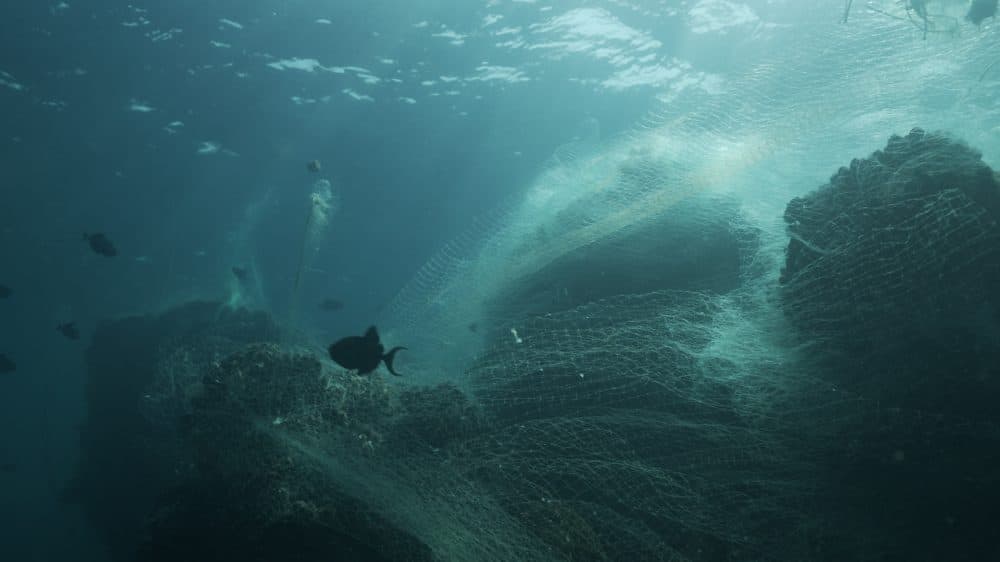Samsung commits to reduce environmental footprints through sustainable innovations
3 min. read
Published on
Read our disclosure page to find out how can you help MSPoweruser sustain the editorial team Read more


Who says you’ve got to choose between progress and innovation? Samsung just proved that we can embrace both through sustainable innovations. Samsung committed itself to the reduction of environmental footprints and depletion of resources through the Galaxy for the Planet, which is its Mobile Communication Business’ sustainability platform.
The company recognizes that, along with everybody else, it has a role in offering innovative solutions for the present and future generations. Among the sustainable targets that it aims to achieve by 2025 include investing in eco-conscious materials for its new mobile products, complete elimination of plastic in product packages, reduction of standby power, and diversion of trash from the landfill. Samsung aims to reach this sustainable future through its scale, innovation, and open collaboration.
First Leap: Repurposing Discarded Nets for New Galaxy Products
What comes to mind when you hear ocean-bound plastics? Typically, it would be images of empty water bottles and plastic bags discarded and thrown into the waters. Yes, they are part of the problem. But one aspect that we don’t usually count on as an environmental threat is the discarded fishing nets, which are estimated to reach an alarming weight of 640,000 tons per year.
Without realizing it, these tons of nets post risks to the balance in the marine ecosystem. It could trap and encage marine lives and ruin coral reefs and natural habitats. It could even end up in our own food and water sources. The good news is that Samsung has found a way to turn these discarded nets from being threats to something purposeful by incorporating them into various Galaxy products.
Reaching for more with less through collaboration
Samsung strives to come up with product designs that would allow them to do more with less in terms of natural resources. And they just did this by turning this ocean trash into key brackets for Galaxy S22 series and inner cover for the S pen.
This milestone is a product of collaborations with other organizations, recognizing that such partnership is crucial to address the complex nature of pollution in the world’s ocean and emerge innovative capabilities.
For instance, nets are challenging to upcycle because they have been rendered fragile by their long-term exposure to seawater and UV rays. As such, Samsung collaborated with a leading science-based company, Royal DSM, to collect fishing nets from fishers along the Indian Ocean coastline. The company then developed an eco-conscious material made of a minimum of 80% recycled polyamide by separating, cutting, and extruding collected fishing nets. Afterward, Samsung partnered with a polymer compounding company, Hanwha Compound, to ensure that the material would be transformed into high-quality polyamide resins that would meet the company’s standards for smart technology. Only then will the material be incorporated into the key components of the key bracket for the Galaxy S22 series and the S pen’s inner cover.
This is only the start
Incorporating the repurposed ocean-bound plastic into the new Galaxy device is just the beginning, as Samsung plans to do the same for the whole product lineup. This significant milestone could prevent around 50 tons of “ghost nets” (by the end of 2022) from haunting the delicate marine ecosystem. All these and more to deliver quality product design while promoting sustainable development for the present and future generations.









User forum
0 messages